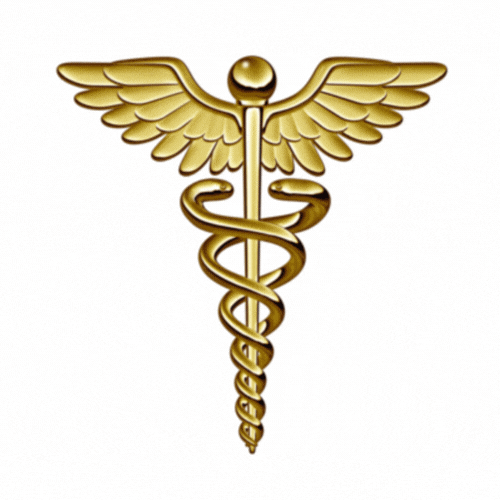
- Posted by : Jericho
- Uncategorized
What is Hand Hygiene?
Hand hygiene is the practice of cleaning hands to remove harmful microorganisms that can cause infections. It is the simplest yet most effective way to prevent Healthcare-Associated Infections (HAIs) in hospitals and other healthcare settings.
Significance of Hand Hygiene
- Prevents infection transmission between patients and healthcare workers.
- Reduces the spread of bacteria and viruses, including MRSA, C. difficile, and COVID-19.
- Improves patient safety and minimizes hospital-acquired infections.
Proper Hand Hygiene Technique
- Handwashing with Soap and Water
- Use when hands are visibly soiled or after exposure to body fluids.
- Scrub for at least 20 seconds, covering all surfaces.
- Rinse and dry thoroughly with a clean towel or air dryer.
- Using Alcohol-Based Hand Sanitizer.
- Apply if hands are not visibly dirty.
- Use a sanitizer with at least 60% alcohol.
- Rub hands together until dry.
WHO’s 5 Moments for Hand Hygiene
Nurses should perform hand hygiene:
Before touching a patient.
- Before aseptic procedures (e.g., inserting IV lines or catheters).
- After exposure to bodily fluids (e.g., blood, urine, wounds).
- After touching a patient.
- After touching the patient’s surroundings.
- After touching the patient’s surroundings.
